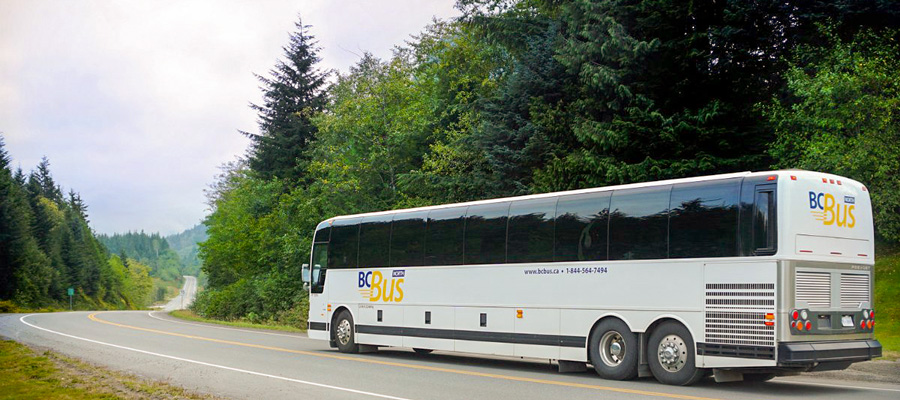Time for a new public transit investment plan

Imagine being able to get from almost anywhere in BC to anywhere else on public transit, as one might in Europe or Asia. Or visitors landing at Vancouver airport and being able to get seamlessly around the province without the need to rent a car.
Whether it’s dealing with bumper-to-bumper congestion in Metro Vancouver or being able to access a health care appointment in rural areas, BC needs to invest in a province-wide vision for zero-carbon transportation that thinks beyond personal automobiles as the preferred means of getting around.
Together with the BC Federation of Labour, we published a 10-year, $22-billion public transit investment plan to significantly increase local transit services across the province and connect them into a more integrated whole. It would create some 16,800 jobs per year in construction and related jobs, and 23,700 jobs per year in operating transit by the end of the plan.
The plan aims to ensure that transit is affordable, accessible and inclusive—since many people cannot or prefer not to drive—while helping to meet BC’s greenhouse gas (GHG) reduction targets. It’s also an opportunity to eliminate privatization within an expanded public system, a measure that would allow for better wages and conditions for transit workers and foster improved worker retention and recruitment as we develop a more coherent public system.
The plan
Connect BC communities everywhere through a new province-wide express bus service.
A province-wide public transit network will improve mobility for people in small towns and rural areas, making it easier to get healthcare and other services, visit family or go on vacation. And stronger transit connections across BC would have a big impact on tourism.
Double the number of buses in BC Transit local services within five years and triple it within ten.
This would ensure more frequent, reliable local transit services in communities throughout BC. Targeted, customized services including community shuttles, on-demand rides, car and bike sharing, can supplement fixed routes for “first/last mile” challenges.
Expand HandyDART service province-wide with an upgraded electric fleet.
This would mean an end to contracting with private companies for services and using taxis instead of buses.
Develop new regional rail connections across the South Coast and Vancouver Island along historic rail corridors.
This could be in partnership with First Nations communities along the rail lines.
Add new passenger ferry options between Vancouver, the Gulf Islands, Sunshine Coast and Vancouver Island.
Just as roads can’t infinitely be expanded to accommodate more cars, BC’s ferries have been hamstrung as almost exclusively car transportation.
Accelerate TransLink’s 10-year Access for Everyone plan for Metro Vancouver.
Begin implementing next-level rapid transit options across the region.
Expand existing free transit programs to youth aged 13 to 18.
This will help young British Columbians develop the habit of using transit, a crucial cultural change in shifting transportation patterns. Free transit programs should also be expanded for people on social assistance not already included in the BC Bus Pass program.
Integrate all these transit pieces.
For a seamless, coordinated and coherent transit experience—with one-ticket access and synchronized service and information infrastructure so that riders can make connections efficiently and reliably across systems.
Our investment plan includes boosting operating support to transit across the province from about $350 million currently to $1.5 billion per year at the end of our ten-year plan.
In many ways, we are already spending this money but in ways that contribute to congestion and GHG emissions. The BC government spends more than $4 billion per year on transportation capital spending (including roads and transit) alone.
In the 2024 BC Budget, transportation capital expenditures amount to about $13.5 billion over the next three years. Of this, $4.1 billion is for transit but mostly for Skytrain expansion in Metro Vancouver.
Investments in high-quality public transit will induce new demand.
Investments in high-quality public transit will induce new demand enabling residents to go car-free or at least own fewer vehicles, saving between $6,000 and $10,000 per vehicle annually in costs.
While transit cannot replace the advantage cars have for some trips, it is possible—with improved service—to make transit a viable option for most people most of the time. To facilitate a major shift in trips to transit, the public transit experience must be convenient, reliable and affordable relative to a trip by car.
A full transformation of public transit province-wide within a decade will lead to greater access to education, healthcare and employment, stronger public sector jobs, lower carbon emissions and healthier British Columbians. So let’s get moving!


